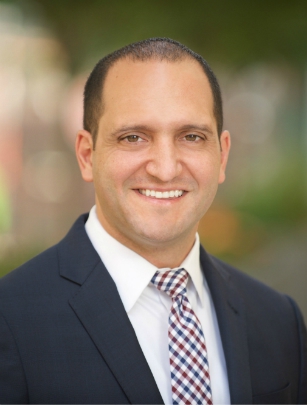

This article is intended to provide an overview of the necessary steps in a sample New York probate case. Every case is different and the case highlighted here has certain unique characteristics that are not present in all cases. Likewise, some cases contain facts that are not present in this representative case. You should consult with an estate attorney prior to engaging in a probate proceeding.
In the following text, the presumed client is the executor nominated in the deceased’s will.
Many hurdles can arise during the probate and estate administration process and the executor has a fiduciary duty to act in the best interest of the estate with prudence and undivided loyalty. Therefore, the executor is liable for acts of negligence and, of course, intentional misconduct. It is important to seek legal advice from an experienced estate attorney in order to avoid pitfalls.
If a loved one died without a will and you need legal assistance regarding the probate process you should be speak with an experienced probate attorney as soon as possible. Contact us online or call our New York City office directly at 212.227.2424 to schedule your free consultation. We proudly serve clients throughout New York and northern New Jersey including Brooklyn, Manhattan, Queens, Staten Island, The Bronx, Nassau County and Westchester County.

Representing trust & estate clients with an emphasis on estate litigation in the New York City Metro Area.
Join The Conversation Rich M 02/21/2023 11:47 PMI appreciate that you've generously shared your professional knowledge here. Your distillation of the probate requirements into laymen's language has been super helpful as I work through the probate petition on my mom's behalf, following my dad's passing. Thanks for your post.